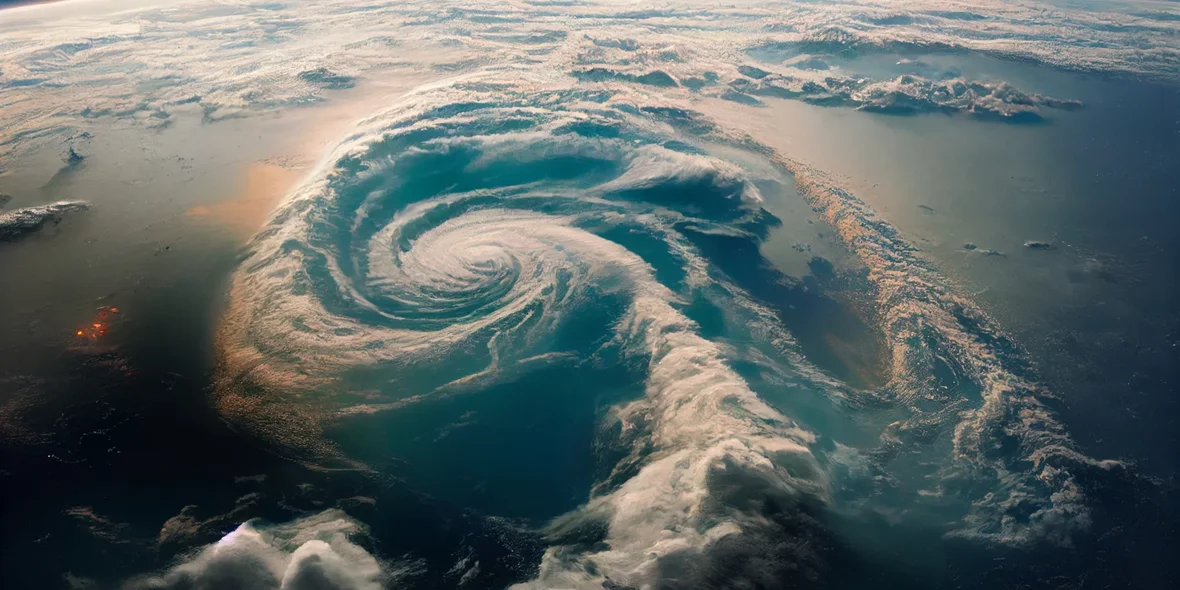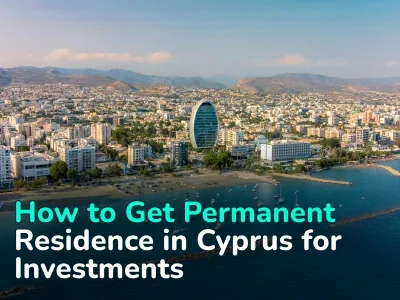
What Causes Typhoons? Current Facts, Classification, and Differences from Hurricanes and Cyclones
In 2025, the western Pacific Ocean and adjacent coasts are facing an active and intense tropical storm season.
One of the most powerful and destructive was Super Typhoon Ragasa, which struck the Philippines, Taiwan, Hong Kong and southern China in September. At the epicenter, the wind speed reached about 270 km/h. The typhoon claimed the lives of more than two dozen people, hundreds of thousands of people were evacuated. Infrastructure in the affected regions has been severely affected, with widespread flooding and power outages.
In China, the super typhoon affected Guangdong Province, where mass evacuations were organized — about 1.9-2 million people were evacuated from coastal areas, schools and businesses were closed. Hong Kong also felt the severe effects of the storm, including the temporary shutdown of the airport.
According to the meteorological services, about 19-21 tropical storms have formed in the western Pacific Ocean since the beginning of the year, about 8-10 of them have reached the category of typhoons, and two — super typhoons (including Ragasa). Although the total number of typhoons in 2025 was below the historical average (about 25-26 named storms on average), the intensity of some storms was record high.
Experts attribute the increased intensity of tropical storms in this region to global warming processes that contribute to warmer ocean surfaces and changes in wind circulation, creating conditions for increased storms.
Why Do Typhoons Occur?
Typhoons, hurricanes, and tropical cyclones are different names for the same phenomenon: a powerful tropical cyclone forming over warm ocean waters.
Conditions for typhoon formation include:
- Sea surface temperature above 26.5°C: the primary source of energy and moisture for cyclone formation.
- High air humidity: evaporation from warm water creates moisture-saturated air.
- Low atmospheric pressure: enhances cyclone development by drawing warm air toward the center.
- Coriolis effect: the Earth’s rotation causes the spiraling motion of air masses around the cyclone’s center; this is why typhoons do not form at the equator.
How Do Typhoons Differ from Hurricanes and Cyclones?
All three terms describe the same physical phenomenon—a tropical cyclone. The difference lies solely in the name used for different geographic regions:
- Typhoon: a tropical cyclone in the northwest Pacific Ocean (China, Japan, Southeast Asia).
- Hurricane: the same phenomenon in the Atlantic and northeast Pacific Ocean (USA, Caribbean).
- Cyclone: the term used for tropical cyclones in the Indian Ocean and southwest Pacific Ocean (India, Australia).
The distinction is purely regional; the physical nature, structure, and dangers of these storms are identical.
How Are Typhoons Classified?
The Saffir-Simpson Hurricane Wind Scale is used to categorize tropical cyclones based on their maximum 1-minute sustained wind speed:
- Category 1: from 119 km/h.
- Category 2: from 154 km/h.
- Category 3: from 178 km/h.
- Category 4: from 210 km/h.
- Category 5: from 252 km/h.
- Super typhoons like Ragasa can reach or exceed 260 km/h.
Meteorological agencies and organizations worldwide, such as the Joint Typhoon Warning Center (JTWC) and regional meteorological centers, closely monitor these storms to issue warnings and help communities prepare for their potential impacts. They use various scales, including the Saffir-Simpson Hurricane Wind Scale, to classify typhoons based on wind speed.
The Most Powerful Typhoon in History
Officially, the largest and most intense tropical cyclone on record is Typhoon Tip (1979), which reached a pressure of 870 hPa and a diameter of approximately 2,220 km. Wind speeds at its core hit 305 km/h, making it the absolute record holder for power and size in observation history. In the Philippines, it was known as Warling.
Fortunately, the enormous size and intensity of Typhoon Tip also meant that its strongest winds were spread over a vast area, reducing the concentration of destruction in any single location. As a result, the damage and loss of life were less catastrophic than they could have been had the storm struck a densely populated area at full force.
Author
I am responsible for editorial work. I write expert interviews and guides.





















